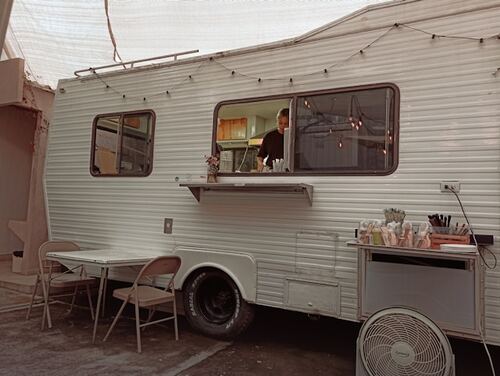
Is your old vehicle taking up space, and you’re considering selling it for salvage? Preparing your car for salvage is a straightforward process, but there are a few key steps to ensure the transaction goes smoothly and you get the most value from your car. Salvaging a vehicle can be an eco-friendly and financially rewarding option. Visit https://www.1800salvage.com.au/ for more information on cash for cars.
Here’s a step-by-step process to help you prepare your vehicle for salvage.
Clear out your car and prepare for pickup.
Step 1: Gather Essential Documentation
Before selling your vehicle for salvage, gathering all relevant paperwork is essential. This includes the car’s title, registration, and any other documents that prove you are the vehicle’s legal owner. Having this paperwork on hand helps speed up the process and avoid legal complications. If you can’t locate the title, contact your local DMV to obtain a replacement.
Additionally, be ready to disclose any information regarding the vehicle’s history, including past accidents or repairs. This transparency will not only ensure that the sale is legal but will also ensure a smoother transaction with the salvage company. but will
Step 2: Prepare the vehicle for collection.
Once the paperwork is in order, it’s time to prepare your vehicle physically for salvage. Although your car will likely be dismantled, it’s still good practice to clean it out thoroughly. Remove all personal belongings from the car, such as documents, clothes, electronics, and even the car manual. Salvage companies are not responsible for items left in the vehicle, so double-check all compartments before handing over the keys.
It’s also a good idea to remove the license plates, as these may be needed to cancel the registration with the DMV. The license plates may occasionally be moved to another car. To find out how to properly move or dispose of the plates, consult your local legislation.
Furthermore, ensure that any valuable parts that can be removed and sold separately are taken out of the vehicle. For instance, if your car has custom wheels, a brand-new battery, or aftermarket accessories like sound systems, you may want to remove and sell these parts independently. This could increase the amount of cash you receive for your vehicle.
Step 3: Final Considerations
Before your vehicle is collected, contact your insurance provider to cancel your policy or transfer it to a new vehicle. This step prevents you from continuing to pay for coverage on a car that is no longer in your possession.
Lastly, after completing the sale, make sure to notify your local DMV that you have sold the vehicle. This step is crucial to avoid any future liability, such as traffic violations or fines related to your old car. The DMV will update their records, ensuring that the vehicle is no longer registered in your name.
Click 1800salvage.com.au for more information on cash for cars.
Conclusion
In conclusion, by following these steps, you can prepare your vehicle for salvage with ease. Selling your car for scrap doesn’t have to be a hassle, and being organised ensures you get the most cash while avoiding any potential pitfalls.




